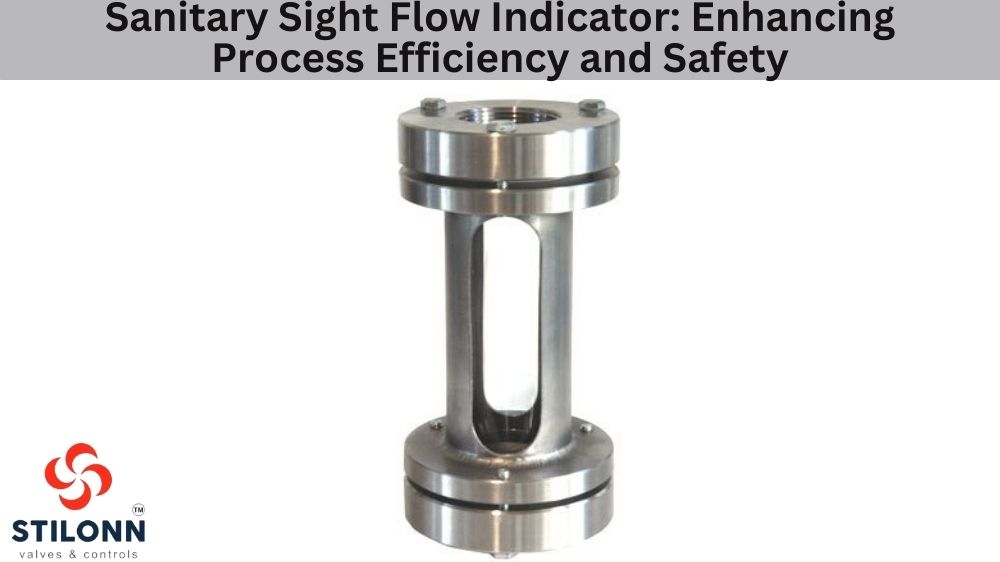Monitoring the flow within piped systems is critical to maintaining the highest standards in any sanitary process. From the food and beverage industry to pharmaceutical manufacturing, having a visual confirmation of product flow, clarity, and consistency helps ensure quality and safety. This detailed exploration provides insight into the pivotal role of the sanitary sight flow indicator within these processes.
What is a Sanitary Sight Flow Indicator?
The sanitary sight flow indicator is integrated into a pipeline system to provide real-time visual monitoring of the fluid flow. It is designed to meet stringent hygienic standards, offering an unobstructed view while preventing contamination. Biotech, dairy, beverage, and cosmetic industries rely heavily on these indicators to maintain high sanitary conditions.
Benefits of Using Sanitary Sight Flow Indicators
Process Efficiency
By providing immediate visuals, sight flow indicators allow quick verification of flow rates and detection of flow interruptions. This immediate feedback is crucial for preventing downtime and optimizing operation schedules.
Product Quality Assurance
The direct observation enabled by a sight flow indicator can be critical for identifying issues such as colour changes or the presence of foreign materials, which indicate potential quality concerns.
Operator Safety
Sight flow indicators can also play an essential role in ensuring the safety of operators by allowing the observation of hazardous materials without the need for direct contact.
Regulatory Compliance
In many industries, the ability to monitor processes is not just a matter of efficiency or quality but also regulatory compliance, where documentation of the monitored flow can be imperative.
Types of Sanitary Sight Flow Indicators
The most suitable sanitary sight flow indicator type for a given application will depend on various factors, including temperature, pressure, and the nature of the fluid being monitored.
Glass Tube Indicators
They offer clear visibility and are ideal for applications where process observation is critical.
Metal Tube Indicators
They provide robustness and are often used in higher-pressure or temperature applications.
Plastic Tube Indicators
These are often utilized in applications where cost or chemical compatibility is a significant concern.
Factors to Consider When Selecting a Sanitary Sight Flow Indicator
Material Compatibility
Selecting the appropriate material to avoid chemical reactions or contamination is critical. Stainless steel is often used for sanitary sight flow indicators due to its corrosion resistance and easy sterilization.
Flow Rate and Pressure
An indicator must be rated to handle the process’s specific flow rate and pressure to ensure reliability and longevity.
Visibility and Clarity
A primary function of the sight flow indicator is visibility; thus, the chosen indicator must provide a clear view of the flow under the lighting and conditions of the operation area.
Installation and Maintenance Tips
Proper Positioning and Connections
Ensuring the sight flow indicator is properly positioned and installed is essential for accurate monitoring. It must be secured tightly while avoiding over-tightening, which might lead to glass breakage.
Cleaning and Inspection Guidelines
Regular cleaning and inspection are vital to the maintenance and performance. The indicators should be cleaned according to the standard operating procedures for sanitary processes, and inspections should look for signs of wear or damage that could compromise the sanitary conditions.
Case Studies and Examples
Many companies have significantly benefited from integrating sanitary sight flow indicators into their systems. Notable examples include breweries that have improved their batch consistency and pharmaceutical plants that have enhanced the validation process for regulatory compliance.
Conclusion
Sanitary sight flow indicators provide a critical window into the internal workings of pipeline systems, facilitating improved process efficiency, product quality assurance, operator safety, and regulatory compliance. By carefully considering these devices’ type, material, and installation, organizations can significantly enhance their sanitary process operations. As technology advances and regulations evolve, the importance of these simple yet indispensable tools only becomes more evident.
Thank you for exploring the crucial role of the sanitary sight flow indicator with us. If you’re ready to improve your processes with one of these devices, remember the benefits and considerations outlined here and take the next step towards greater efficiency and product safety within your industry.




